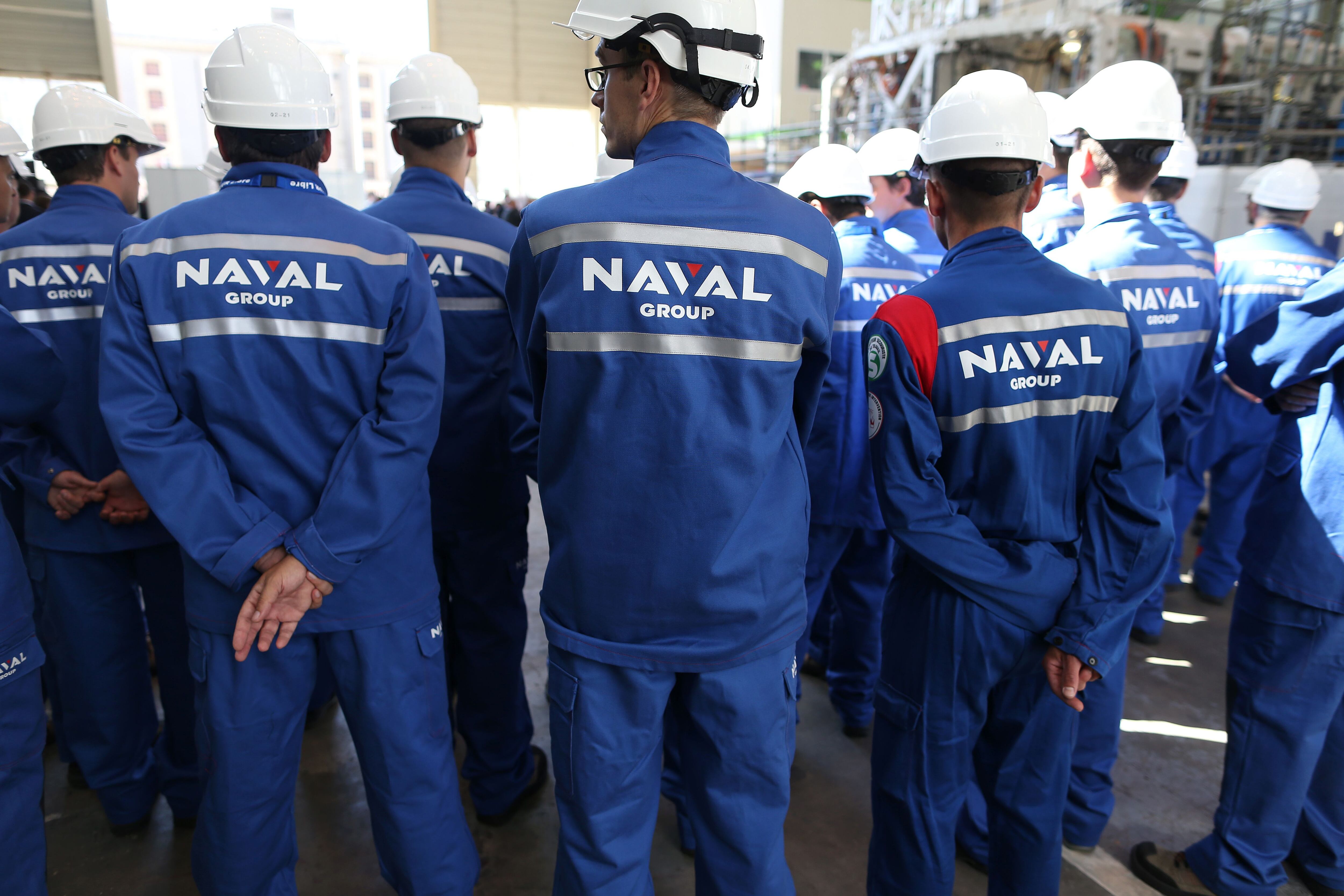WASHINGTON ― The U.S. and U.K. will aid Australia’s ambitions for a nuclear-powered submarine fleet as part of a new trilateral security partnership that leaders of the three counties are set to announce Wednesday.
While the new defense technology-sharing pact is yet another step by Western allies to counter China’s strength, it will also upend Australia’s largest-ever defense contract, a AUS$90 billion deal to build submarines designed by the French company Naval Group, the Australia-based ABC News was first to report.
It’s the first time the U.S. has shared its nuclear propulsion technology with an ally since the U.S.-U.K. Mutual Defence Agreement of 1958, after the Soviet Union launched Sputnik. U.S. officials said the sensitive nuclear propulsion technology was unlikely to be shared again soon.
“This is a fundamental decision that decisively binds Australia to the United States and Great Britain for generations,” said a Biden administration official previewing the announcement to reporters. “This is the biggest strategic step Australia’s taken in generations.”
Though U.S. officials never mentioned China, the official cast the alliance ― called “AUKUS” ― as “part of a large effort to sustain the fabric of deterrence across the Indo-Pacific.” Australia’s new subs would be stealthier, speedier, more survivable and able to be deployed for longer.
“This allows Australia to play at a much higher level, and to augment American capabilities that will be similar,” the official said.
The new agreement will spur an 18-month program aimed at determining how to best meet Australia’s demand for nuclear-powered submarines, a UK defense official told Defense News.
“The UK has built and operated world-class nuclear powered submarines for over 60 years,” reads a Sept. 15 British government statement. “We will therefore bring deep expertise and experience to the project through, for example, the work carried out by Rolls Royce near Derby and BAE Systems in Barrow.”
RELATED

Previously, Australia planned to replace six existing Collins-class boats with 12 conventional attack-class subs that were based on the French Barracuda-class nuclear attack boat.
The Australian Financial Review newspaper reported on Wednesday that the government is set to announce a life-extension program for the Collins-class fleet for the time being.
President Joe Biden is expected to announce the new partnership alongside U.K. Prime Minister Boris Johnson and Australian Prime Minister Scott Morrison. Months in the making, it comes ahead of the first in-person meeting next week of the “Quad” which includes the U.S., Japan, India and Australia.
Beyond undersea technologies, AUKUS is intended to spur cooperation across new and emerging areas, like cyber security, artificial intelligence and quantum technologies ― all with an eye toward trilateral interoperability. U.S. officials said Australia does not intend to pursue nuclear weapons and that it’s committed to its nonproliferation regime.
“I think you’ll see much more dedicated effort to pursue integration of security and defense related technologies and industrial bases and supply chains,” the U.S. official said. “This will be a sustained effort over many years to see how we can marry and merge some of our independent and individual capabilities.”
For the U.K., AUKUS is yet another flex in the Pacific. Last month in the Philippine Sea, the HMS Queen Elizabeth traded F-35B Lightning II stealth fighters with a U.S. amphibious assault ship at sea, another first for the U.K. aircraft carrier on its first operational deployment. The British carrier hosted 18 F-35Bs — 10 from a U.S. Marine Corps squadron.
Sebastian Sprenger in Washington contributed to this report.
Joe Gould was the senior Pentagon reporter for Defense News, covering the intersection of national security policy, politics and the defense industry. He had previously served as Congress reporter.






